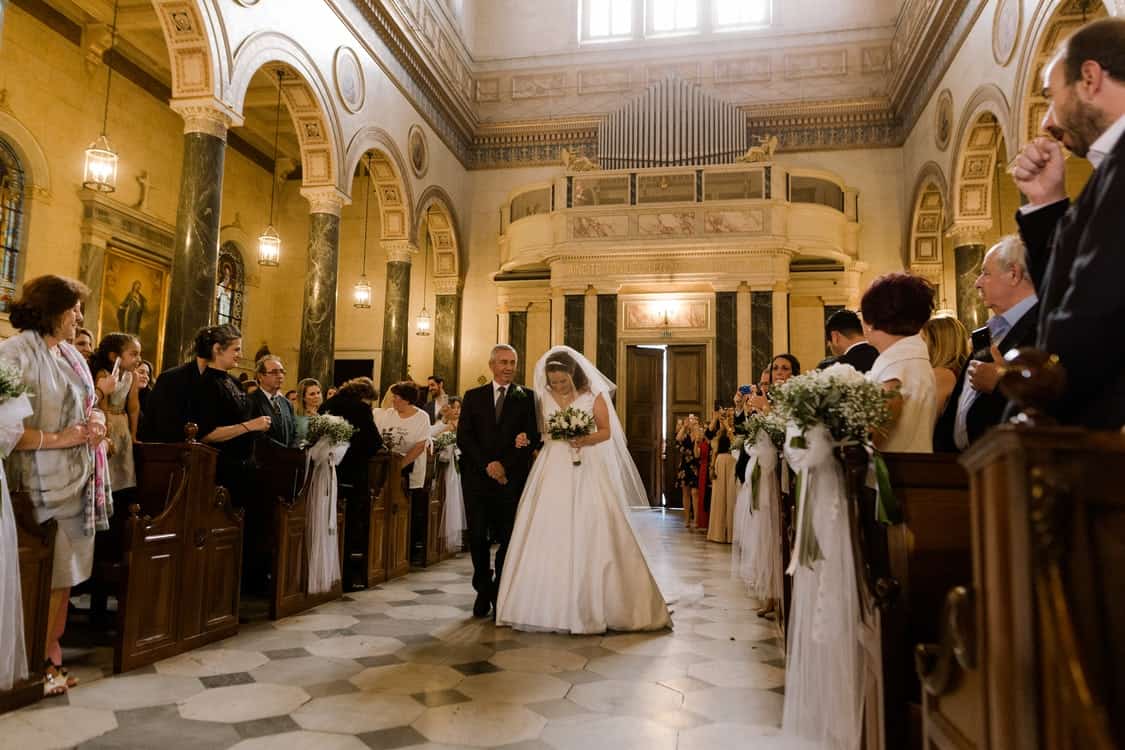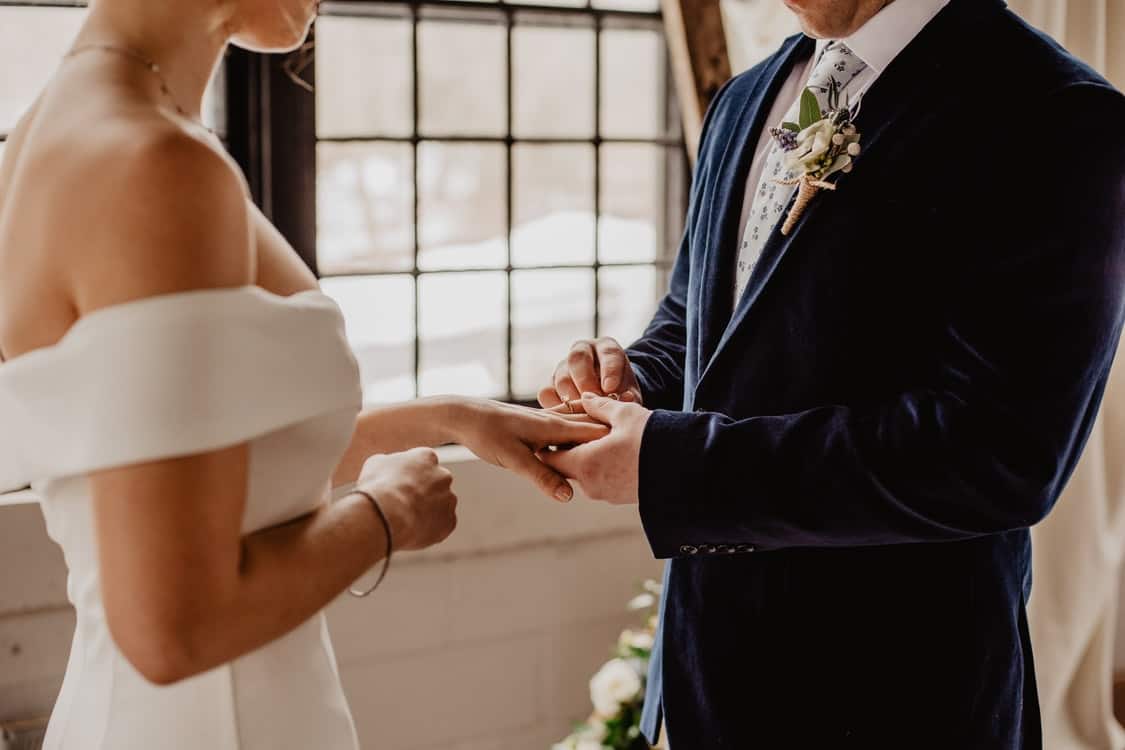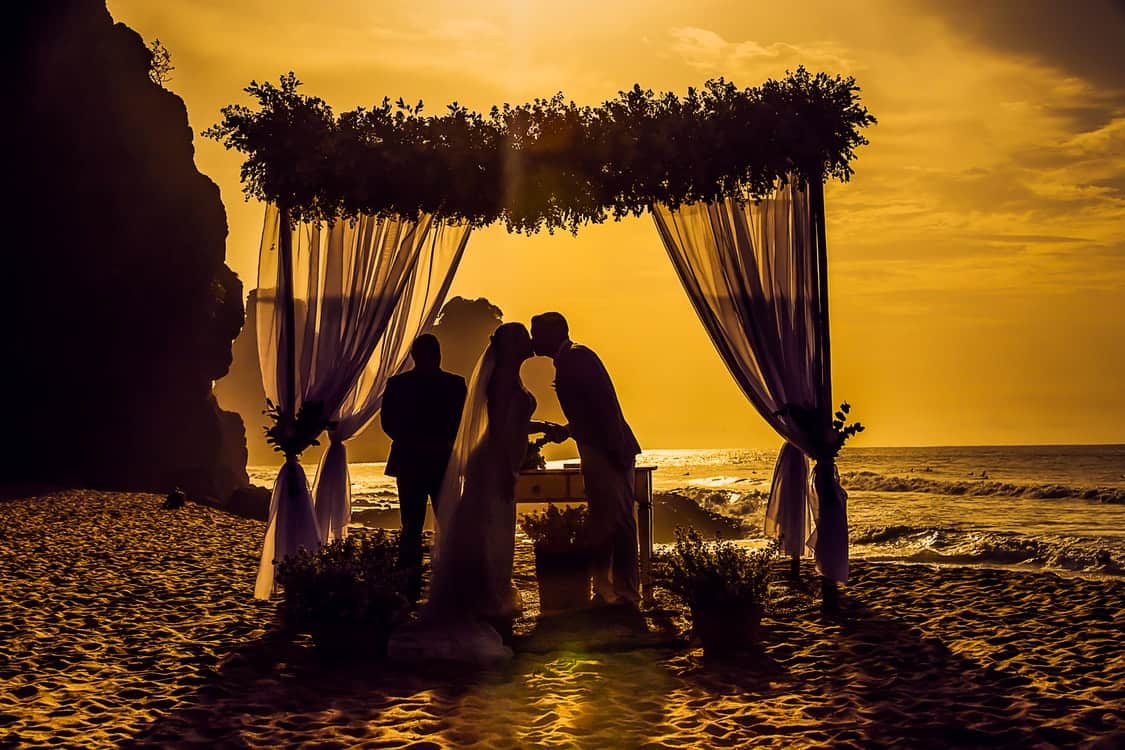One of the key elements in planning a successful wedding is timing. A well-coordinated wedding ceremony sets the tone for the entire celebration, with its schedule influencing all subsequent activities throughout the day. It is thus imperative to understand how long a wedding ceremony typically lasts, as this will guide the structuring of the wedding day’s timeline.
How long does a wedding ceremony last? A standard wedding ceremony usually takes about 30 minutes. This time can vary, however, depending on factors such as the type and formality of the ceremony, as well as any cultural, family, or religious traditions the couple wishes to incorporate. For instance, religious ceremonies can extend up to an hour, while non-religious or conventional weddings usually wrap up within 20-30 minutes.
In this article, we delve into the intricacies of a wedding ceremony, examining the sequence of events and the approximate time each section might take. The aim is to provide a helpful guide for couples as they tailor their own unique wedding ceremony timeline.
The Wedding Day Timeline

Creating a detailed, personalized wedding day timeline is critical, whether you hire a wedding planner or a day-of coordinator. This comprehensive schedule outlines every event that will transpire during the big day. It ensures that all parties involved – the couple, family members, wedding entourage, and vendors – are organized and timely.
The couple must discuss all details and decide on the elements they wish to incorporate into their special day. With the help of their planner or coordinator, they can construct a timetable that begins with preparations, goes through the wedding ceremony, covers the reception, and encapsulates all the transitional activities in between.
A well-thought-out wedding day timeline takes into account when and for how long each activity should take place, such as finalizing bridal hair and makeup, taking wedding photos, organizing the processional, serving cocktails, etc.
Creating a Wedding Ceremony Timeline
When building your wedding day timeline, a time block of about 30 minutes should be set aside for the ceremony. However, this might vary depending on the ceremony’s nature and the traditions being incorporated.
Religious ceremonies often last up to an hour and may have a pre-defined program structure. In contrast, non-religious ceremonies tend to be more flexible, typically lasting between 20-30 minutes.
The following breakdown offers a guideline on how a wedding ceremony might be structured, detailing the order of events and the estimated duration for each. This guide serves as a foundation on which you can build your own ceremony timeline, adjusting it to your needs and preferences.
Processional (3-4 minutes)

The processional marks the start of the ceremony as members of the immediate family, the wedding party, the groom, and finally the bride, all walk down the aisle. This procession generally takes 3-4 minutes, depending on factors such as the length of the aisle, the number of people in the wedding party, their pace, and the length of the chosen processional song.
Welcome Address and/or Prayer (3 minutes)

When everyone has settled down, the officiant then welcomes all the guests and thanks them for taking the time to bear witness to the marriage of the couple. The officiant usually gives some words on marriage, the importance of this occasion, and offers a prayer for the couple.
However, if prayer is not involved in the ceremony, the officiant uses this time to briefly share what he or she knows about the couple and their love story.
Readings and Officiant’s Message (8-10 minutes)
Then, if readings of any kind are a part of the ceremony, the officiant introduces each reading and invites the reader up to the altar to share the passage.
In religious ceremonies, readings are taken from sacred scriptures about love and marriage. The minister then addresses the couple and imparts his message on the sanctity of matrimony and of the vows that they are about to take. The minister also talks about their responsibilities and roles in marriage and gives general advice for the couple to observe and uphold in their married life.
The couple can also consider choosing passages from literature or poetry that speaks about love, and that which holds a special meaning or connection to them. They can request the officiant, a family member, or someone close to them to read the passages aloud during this portion of the wedding rites.
Having a secular ceremony gives the couple more control as to how long the wedding ceremony will run. They can opt to have fewer readings or choose shorter passages and may even ask the officiant to be more concise when delivering his or her message for the couple.
Exchange of Vows and Rings (5-7 minutes)

This part highlights the wedding ceremony. The couple declares their pledges to each other by repeating the traditional vows stated by the minister, or they can read out the vows that they have personally written for each other.
The wedding rings are placed on each other’s fingers, following the exchange of vows. These bands symbolize the couple’s sacred union, their love, and commitment to each other. During the ring exchange, the couple may recite traditional pledges from the minister, or opt to say a few personal words, in the same way as the exchange of vows.
Unity Ceremony (3 minutes)
Depending on the religion or cultural customs, a unity ceremony may be incorporated in the nuptials. This unity ritual is performed by the couple to physically symbolize their matrimony.
The candle lighting ceremony is a common example, wherein the bride and groom lights one candle, and then both of them light a third one together. Other easy options for the bride and the groom are to bind their hands together using a ribbon or even take a shot of their favorite drink together.
Keep in mind to allocate enough time for this segment. Other traditions may need to carry out elaborate rituals. So, it is vital to accurately estimate how much time this activity will take.
Proclamation, Closing Remarks, and Recessional (3 minutes)

The officiant concludes the ceremony by officially pronouncing the couple as spouses, after which the couple may share their first kiss as a married couple. The officiant delivers final words or a closing prayer, then the couple, followed by the wedding party, recesses down the aisle.
Every couple’s wedding is unique, and this guide serves to provide a foundation upon which you can create your perfect ceremony. Regardless of whether your ceremony is religious, non-religious, traditional, or unconventional, remember that it is your special day and it should reflect your personal beliefs, values, and tastes.